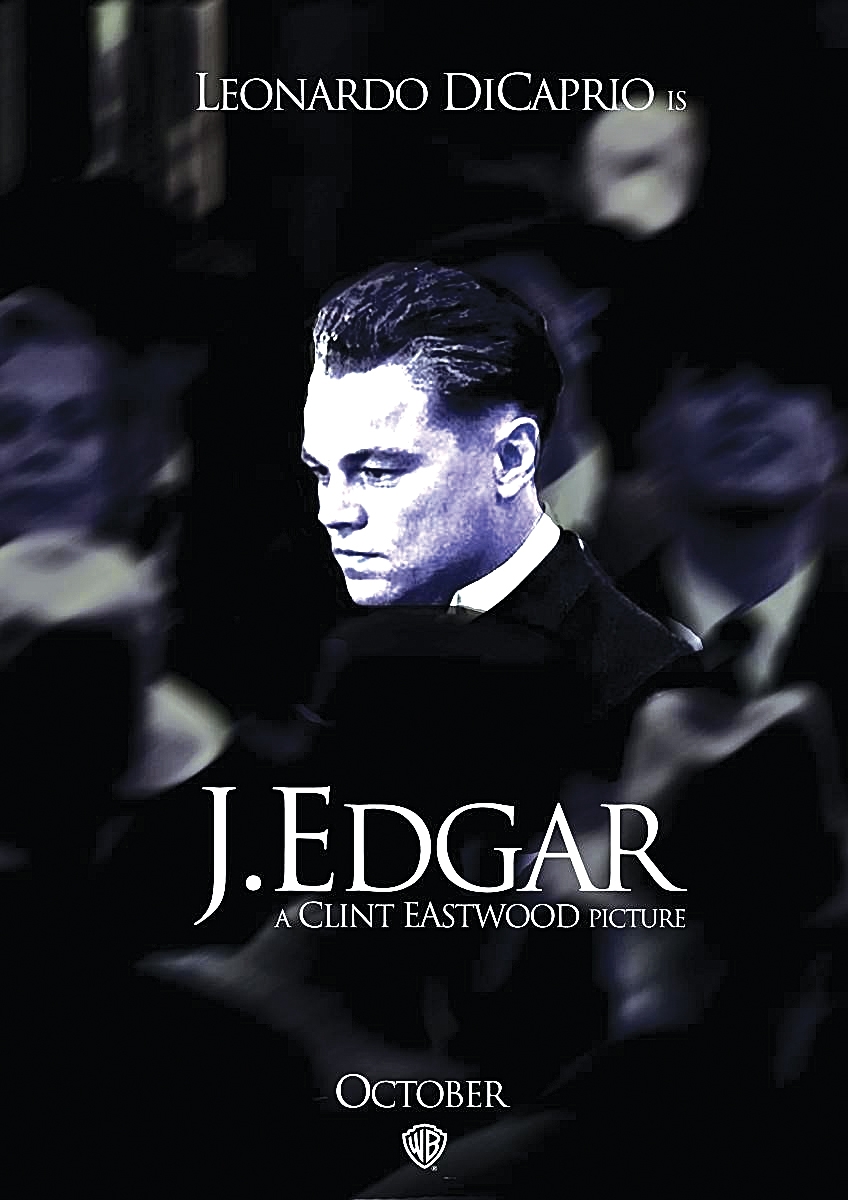Even tried-and-true Leonardo DiCaprio can’t save Clint Eastwood’s snore fest
Mike Mannarino
Staff writer

Leonardo DiCaprio made a valiant effort to bring life to a drab movie, but fell short, making it difficult to stay awake through the two-hour-and-17-minute sleeping pill known as J. Edgar.
The film is a biopic of J. Edgar Hoover, founder and director of the Federal Bureau of Investigation.
On the surface the story seemed very interesting, as Hoover was a very mysterious man. Many have speculated about his private life and the activities conducted during his tenure. The bureau was responsible for taking down such famous gangsters as John Dillinger and Babyface Nelson.
In reality, Hoover sat behind a desk; the story, unfortunately, sat right beside him. The film was boring. The plot jumped erratically between different time periods without concluding in any way. The film felt kind of pointless.
The film’s main flaws were the pacing and plot—too bad for director Clint Eastwood, because story structure and plot are quintessential to cinematic success.
Leonardo DiCaprio was great as usual, carrying most of the film with many close-ups and monologues. He has proven himself as one of the most versatile actors currently working in Hollywood going from a supporting role in Growing Pains, to teen hearth-throb in William Shakespeare’s Romeo and Juliet, to his recent work with Martin Scorsese.
DiCaprio was not the only good aspect to this film. Judi Dench, Arnie Hammer, and Naomi Watts added charm as well.
Hammer played Hoover’s right hand man, Clyde Tolson. His role was interesting, as the two men were rumoured to have engaged in a homosexual relationship since the 1930s when they began working together.
Writer Dustin Lance Black
alludes to their sexuality in the film, one of the few interesting plot lines. Black also did a good job of outlining key events that, for the most part, stayed true to history.
Judi Dench played Hoover’s mother, giving DiCaprio’s character a chance to develop. Her relationship with him gave insight into his personality, whereas the other characters only created confusion for Hoover.
The plot was divided between three different portions of Hoover’s life: his early years as he created the FBI, his later years, and his old age. Unfortunately, it was very difficult for the viewer to distinguish between his later years and his old age, as he looked similar in both sections, and the time period was not explained well.
Were I not a history major,I wouldn’t have understood the plot. It jumped from decade to decade without indication, only alluding to the time period through characters and events. However, if you are a history buff or possibly looking for a good cure for your insomnia, J. Edgar might be worth checking out. But I would suggest waiting for the DVD release.


